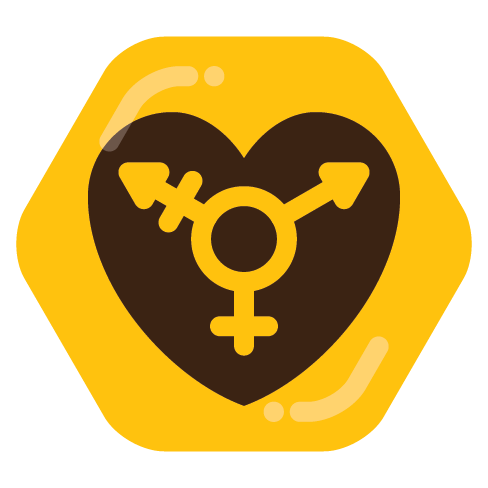I’ve recently begun going through a bit of a personal renaissance regarding my gender, and I realized my numbers-focused brain needs something to quantify gender identity, both for myself and so I can better understand others. I also just don’t like socially-constructed labels, at least for myself.
So, using the Kinsey Scale of Sexuality as inspiration, and with input from good friends, I made up my own Gender Identity Scale.
- Three axes: X, Y, and Z
- X: Man (not necessarily masculinity), 0 to 6
- Y: Woman (not necessarily femininity), 0 to 6
- Z: Fluidity, 0 to 2
- X and Y axes’ numbers go from
0 - not part of my identityto6 - strongly identify as - Z axis’s numbers go from
0 - non-fluidto2 - always changing
Example: The average cis-man is 6,0,0, the average cis-woman is 0,6,0, and a “balanced” nonbinary person might be 3,3,1, or 0,0,0, or 6,6,2…
Personally, I think I’m about a 3,2,1 - I don’t have a strong connection to either base gender, but being biologically male, I do identify a bit more as a man. I also feel that I’m somewhat gender-fluid, but not entirely so. I honestly don’t fully understand gender fluidity yet, so the Z-axis may require some tweaking.
Does this make sense? Can you use this to accurately quantify your own gender identity? I wanna know!


I don’t understand how the experience you describe there relates to our previous discussion though. Where in this experience did you have to navigate other people’s understanding of gender stereotypes and how it relates to your presentation?
That’s really the crux of what I was addressing in my first reply to you. To me, presentation doesn’t have anything to do with it, and it hasn’t ever been part of my discussion with other people when talking about my own identity.